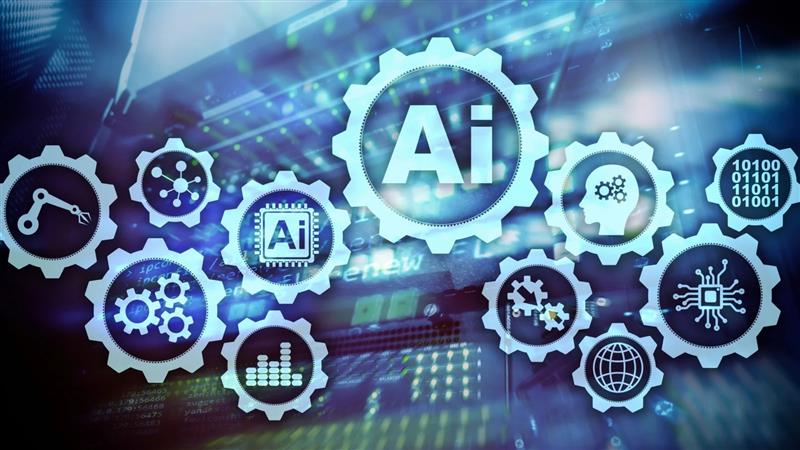
As a finance leader, you’re constantly seeking ways to boost efficiency, reduce costs, and prepare your business for scalable growth. Implementing Robotic Process Automation (RPA) and Artificial Intelligence (AI) can transform your finance operations, driving 60%+ efficiency improvements while enabling scalability without increasing staff.
Key Areas:
- How AI and RPA Drive Efficiency in Finance – Understand how automation enhances processes across finance functions and boosts efficiency.
- Procure to Pay (P2P), Order to Cash (O2C), Record to Report (R2R), and Treasury Management – Specific processes and their automation benefits.
- Evolving from RPA to IPA to Agentic Automation – A look at the advancements in automation technology.
- The Finance Department of 2025 – A glimpse into the future of the finance department with automation.
- Why Act Now? – Key reasons to embrace automation now.
How AI and RPA Drive Efficiency in Finance
AI and RPA eliminate manual, repetitive tasks, allowing your team to focus on strategic initiatives. Here’s how automation can benefit the finance department:
1. Procure to Pay (P2P)
- Automated Invoice Processing: We can leverage Optical Character Recognition (OCR) and Machine Learning (ML) models for data extraction from invoices and direct integration with ERP systems like SAP and Oracle. Automating invoice reading ensures data accuracy and speeds up payment cycles, leading to stronger supplier relationships and early payment realizations.
- Vendor Management: We can implement RPA bots for three-way matching and automatic reconciliation of vendor statements. This reduces the risk of fraud and ensures compliance with financial policies while cutting down manual data entry errors.
- Document Classification: We can use AI-driven document classification using Natural Language Processing (NLP) for identifying purchase orders, delivery receipts, and compliance documentation. This improves document traceability and speeds up audit process.
2. Order to Cash (O2C)
- Order Validation and Processing: Automating order capture, validation, and data entry with RPA bots linked to CRM and ERP platforms, ensures accurate order fulfillment while reducing manual input errors.
- Payment Reconciliation: Streamlining payment matching with outstanding invoices through API and UI integrations with different financial systems reduces days sales outstanding (DSO) and improves cash flow management.
- Customer Onboarding: KYC automation using intelligent document extraction and validation techniques accelerates the onboarding process and ensures compliance with regulatory standards.
3. Record to Report (R2R)
- Material Ledger Closing (MLC): We can automate month end SAP MLC processes, including cost component splitting, inventory valuation, and closing job execution. This ensures financial periods are closed faster with fewer errors.
- Costing Automation: We can automate the end-to-end costing process with RPA bots, including job scheduling, data validation, and failure handling with ServiceNow integration. This results in consistent and error-free cost calculations across multiple plants and company T codes.
- Financial Reporting: Generate real-time financial statements using BI tools integrated with automated data extraction pipelines. Automated reporting ensures faster decision-making with up-to-date insights.
4. Treasury Management
- Cash Flow Analysis: Automated data extraction from multiple banking portals for real-time cash flow forecasting provides CFOs with better visibility and control over liquidity management.
- Bank Reconciliation: Implementing rule-based automation for matching bank statements with internal financial records and automated reconciliation reduces the risk of discrepancies.
Evolving from RPA to IPA to Agentic Automation
The evolution of automation technologies has brought us from RPA (task-based process workflows automation) to Intelligent Process Automation (IPA) integrating AI for cognitive decision-making, and now to Agentic Process Automation (APA) with autonomous AI agents (powered by compound AI) handling complex processes with minimal to no human supervision.
- RPA (Robotic Process Automation): Basic rule-based automation for tasks such as data entry and file management.
- IPA (Intelligent Process Automation): RPA enhanced with AI capabilities for document understanding, decision-making, and exception handling interacting with various applications for end to end automation.
- APA (Agentic Process Automation): Compound AI powered self-learning agents capable of complex decision-making, taking their own paths with autonomous continuous process optimization.
Refer to this detailed blog on financial automation for further insights: Automate Your Finance Function.
The Finance Department of 2025
By 2025, finance teams will be leaner, more data-driven, and capable of scaling effortlessly. Automation will:
- Enable end-to-end process automation across P2P, O2C, R2R, and Treasury.
- Minimize manual intervention, even for complex tasks like cost analysis and forecasting.
- Enhance compliance and accuracy with real-time validation and error correction.
- Improve decision-making with real-time analytics and predictive insights powered by AI.
Why Act Now?
Delaying automation means missing out on cost savings, efficiency gains, and strategic scalability. Let Auxiliobits help you explore the power of RPA, IPA, and APA tailored to your finance department’s unique needs.
📞 Contact Auxiliobits today for a consultation and see how you can transform your finance operations!





